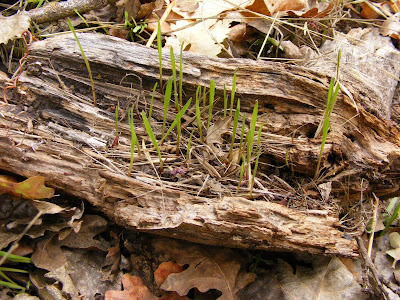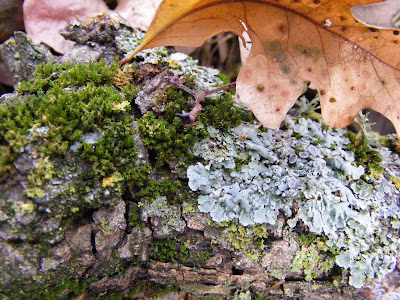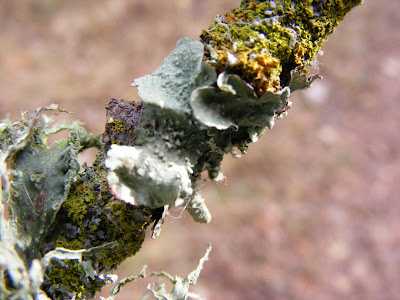Here is the promised recipe for Handmade Paper. I could not improve on the recipe and instructions that I found at
How to Make Paper, so I have attached it here. Their site looks interesting, have your parents check it out!
Below you will find a simple papermaking recipe to get you started. If this is the first time you are making paper, don't be afraid to experiment with different fibers, you don't have to stick with paper related products. Add whole flower heads to the pulp mixture after it has been through the blender. You can add scraps of yarn, tin foil, even seeds. Its all comes down to what you want. Experiment with different textures and colors! Remember, some of your ideas will turn out while others may not. Have fun with it, express your creativity.
Simple Recipe: Many types of paper that can be used include:
Computer Paper (unprinted)
Newspaper (If you want a grayish colored paper)
Magazines
Egg Cartons
Old Cards (For heavier paper)
Toilet Paper
Paper Bags
Non Waxed Boxes (Pre-soak in warm water)
Office Paper
Tissue Paper (For finer paper)
Typing Paper
Napkins
Construction Paper
Supplies you'll need:Sponge
Window Screening (mold)
Wood Frame (old picture frame can be used too) (deckle)
Plastic Basin/Tub (Large enough to totally immerse frame)
Blender/Food Processor (For making paper pulp)
White Felt or Flannel Fabric
Staples or Tacks (For tacking screen on frame)
Liquid starch (optional)
Instructions:1. Select the pieces of paper to be recycled. You can even mix different types to create your own unique paper.
2. Rip the paper into small bits, and place into the blender. (about half full). Fill the blender with warm water. Run the blender slowly at first then increase the speed until the pulp looks smooth and well blended. ( 30 -40 seconds) Check that no flakes of paper remain. If there are, blend longer.
3. The next step is to make a mold. The mold, in this case, is made simply by stretching fiberglass screen (plain old door and window screen) over a wooden frame and stapling it. It should be as tight as possible.
4. Fill the basin about half way with water. Add 3 blender loads of pulp. (the more pulp you add the thicker the finished paper will be) Stir the mixture.
5. Now is the time to add the liquid starch for sizing.(This is not necessary but if the paper is going to be used for writing on, you should add some, the starch helps to prevent inks from soaking into the paper fibers.) Stir 2 teaspoons of liquid starch into the pulp.
Place the mold into the pulp and then level it out while it is submerged. Gently wiggle it side-to-side until the pulp on top of the screen looks even.
6. Slowly lift the mold up until it is above the level of the water. Wait until most of the water has drained from the new paper sheet. If the paper is very thick, remove some pulp from the tub. If it is too thin, add more pulp and stir the mixture again.
7. When the mold stops dripping, gently place one edge on the side of a fabric square (felt or flannel square). Gently ease the mold down flat, with the paper directly on the fabric. Use a sponge to press out as much water as possible. Wring the excess water from the sponge back into the large plastic tub.
8. Now comes the tricky part. Hold the fabric square flat and slowly lift the edge of the mold. The wet sheet of paper should remain on the fabric. If it sticks to the mold, you may have pulled to fast or not pressed out enough water. It takes a little practice. You can gently press out any bubbles and loose edges at this point.
9. Repeat the steps above, and stack the fabric squares on a cookie sheet. Save one fabric square to place on the top of the stack to cover the last piece of paper. Use another cookie sheet to press the remaining water out of the stack. (do this outside or in the bathtub, it can make a mess)
10. After you press the stack, gently separate the sheets. They can be dried by hanging on a clothesline or laying them out on sheets of newspaper. When they have dried peel them off the fabric and voila! you have paper!
 Now that the weather is damp, there are toadstools popping up along the path where I like to walk.
Now that the weather is damp, there are toadstools popping up along the path where I like to walk. There is new growth sprouting between the decaying leaves and acorns. What do you make of the cone shaped parasites on the oak leaf? I see a lot of them, but I'm afraid I don't have an answer or this one. Let me know if you do! Click on the pictures to enlarge them. It is really interesting to see the minute details when you do!
There is new growth sprouting between the decaying leaves and acorns. What do you make of the cone shaped parasites on the oak leaf? I see a lot of them, but I'm afraid I don't have an answer or this one. Let me know if you do! Click on the pictures to enlarge them. It is really interesting to see the minute details when you do!
















































